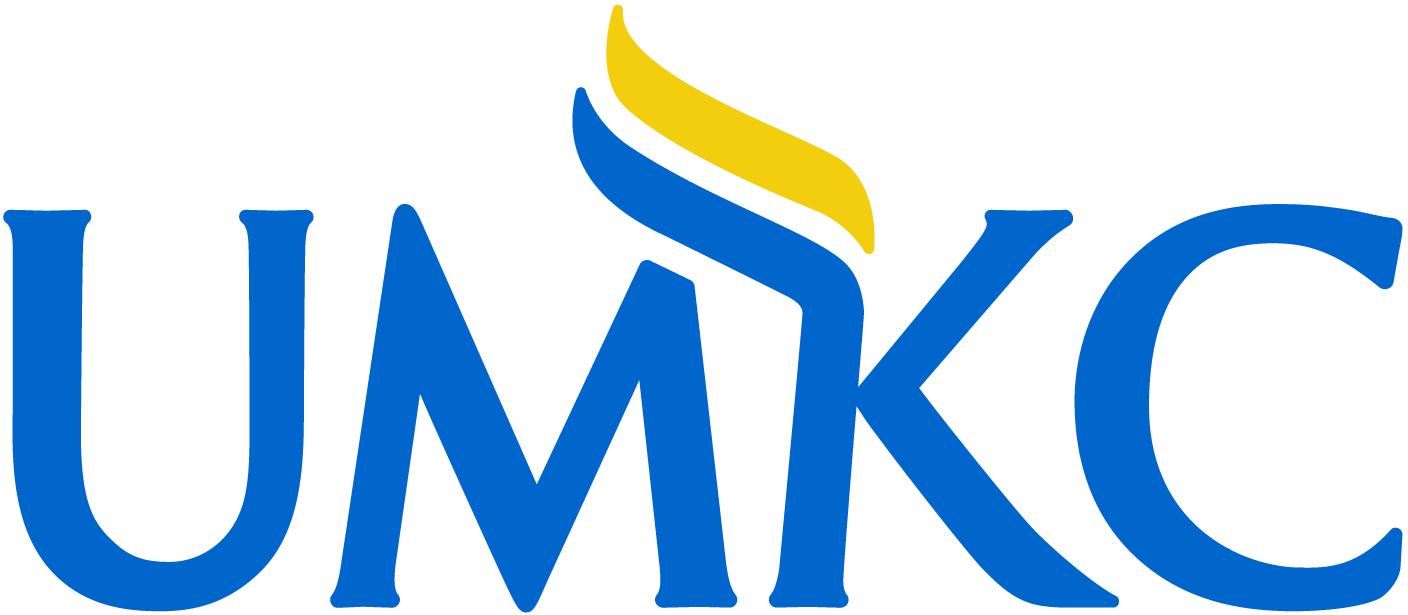AIM: Despite the widespread availability of online information about dental veneers, there is a lack of data on the quality and readability of these resources. The aim of this study was to assess the quality and readability of patient-oriented online information on dental veneers.
MATERIALS AND METHODS: This study conducted a thorough web search utilizing Google, Yahoo, and Bing search engines to identify English-language websites offering information on dental veneers. The quality of the websites was assessed using DISCERN, Journal of the American Medical Association (JAMA) benchmarks, and Health on the Net Code (HONcode) tools. The readability of the websites was evaluated using the Flesch-Kincaid Grade Level (FKGL), Simplified Measure of Gobbledygook (SMOG), and Flesch Reading Ease (FRE) metrics.
RESULTS: Out of a total of 195 websites included in the study, only 8 websites obtained a high overall DISCERN score, representing 2.4% of dental clinic (DC) and 14.8% of nonprofit organization (NPO) websites. The median [interquartile range (IQR)] of the overall score of DISCERN was significantly higher for NPO websites [55.5 (13)] compared to DC websites [42 (13)] and commercial entity (CE) websites [36.25 (5.5); p < 0.001]. Up to 15, 63, and 70% of NPO, DC, and CE websites, respectively, did not report any of the four JAMA criteria. Only seven websites (all NPOs) showed an active Health on the Net (HONs) Code certificate. All readability indicators confirmed easier texts on the NPO websites.
CONCLUSIONS: The quality of the English web-based health information on dental veneers seems suboptimal. Nonprofit organization websites offer higher quality, more reliable, and readable content compared to DC and CE websites.
CLINICAL SIGNIFICANCE: Online dental veneer information is generally of poor quality, with NPO websites offering the most reliable and readable content. Clinicians should direct patients to trustworthy NPO resources for accurate information. How to cite this article: Alqutaibi AY, Alharbi AT, Alassaf MS, et al. Assessment of Quality and Readability of Online Patient-centered Information on Dental Veneers: An Infodemiological Study. J Contemp Dent Pract 2025;26(11):1060-1066.
